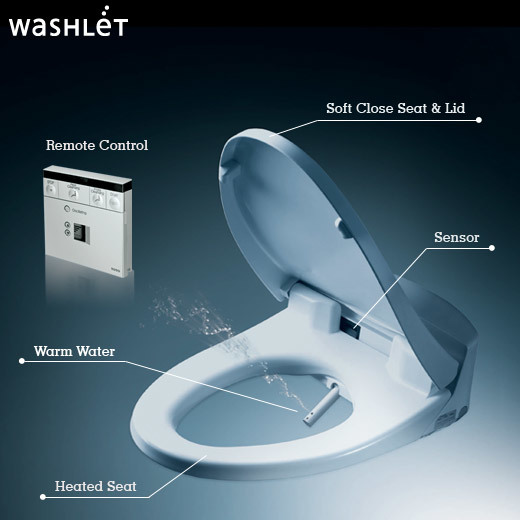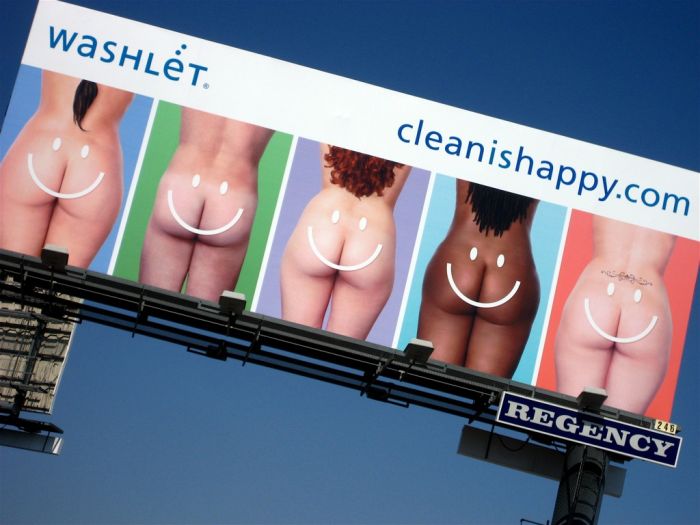You know the ones I'm talking about. I watch them, too. In 30 minutes to an hour you see a kitchen go from YIKES to WOW. Sometimes, it is a bathroom -- or even a whole house. I watch them primarily for research because I know my potential clients are probably watching them, too. I often end up having to explain why the budgets (and often timelines) on those shows aren't realistic. I know you wish they were. I wish so, too! But they aren't. And, here's the honest truth about remodeling in the real world vs. remodeling on reality TV:
1- LABOR IS NOT FREE.
The labor provided by the crew on staff for the production company is often free of charge and the value of their labor is not included in the project cost disclosed on the show.
In Seattle, labor rates average $55/hour, plus the contractor's fee (typically 12-18%) plus sales tax on top of that (9.5%). Let's say that you had two guys full time for two months, plus one guy half-time for two months. That would be $26,981 if we assumed the lower end of the builder's fee range. Two months is a short timeline and would only be suitable for a small project such as a bathroom, deck, or very straightforward kitchen without a lot of things moving around (like walls, plumbing, electrical, etc.).
2- SUBCONTRACTORS ARE NOT FREE.
Ever notice that all the workers on those shows are wearing T-shirts and jackets with their company names on them, big enough for you to read easily? And, they often get shots of their trucks with their logos, too. Doesn't it make sense to assume that either they are providing labor free of charge, or at a significantly reduced rate, in order to gain some publicity?
Add up the list of people that you see: electricians, plumbers, heating/cooling systems specialists, tile setters, flooring installers, roofers, painters, drywallers, etc. It will be a long list, different for every show. Each one you see represents someone that would ordinarily be paid a labor rate that they are probably not charging for the sake of the show.
3- MATERIALS ARE NOT FREE.
Most of these shows are filled with commercials for home improvement stores, plumbing fixtures, light fixtures, etc. Their goal is to make the projects look simple and affordable so that you will buy materials from them for your own project.
If you listen closely, you will sometimes hear the host of the show say "we can get you a good deal" … This tells me that either materials are being bought at wholesale and sold to the homeowner with no mark-up, or that one of the sponsors is providing materials for promotional consideration.
4- DESIGN IS NOT FREE.
Rates and fee structures vary, depending on your local market and whether or not you are working with a qualified, licensed professional architect or a self-proclaimed designer. Typically, design services are provided by the show when the design evolution and presentation are presented as part of the show's format.
5- THERE ARE OTHER COSTS.
Consider permit fees, utilities hook-ups, inspection fees, and more. What about the damage to your lawn that has to be repaired after they leave? If they moved a window, will you have to re-paint that side of the house? (Funny how they usually don't show you an exterior shot of an interior remodel where they've moved windows, isn't it?)
6- THEIR TIMELINES ARE NOT NECESSARILY REAL.
They may make it seem like the work was done in 4 weeks, but there is a good chance it took longer. I have a colleague who lived next door to a home where a back yard makeover show was filmed. When he watched the show that aired, it was pure entertainment. What had been made to seem like it only took 3 weeks actually took 12 weeks!
SO, WHAT IS INCLUDED?
It is impossible to know, and it varies widely depending on the show. My personal assumption is that the cost of goods and services that were not provided by the show's production company is the only expense that is passed along to the homeowner. How much could this skew the construction cost? A lot. By 50% -- or more -- is my guess. And if you go beyond construction cost to consider all the associated project expenses, that skew becomes even bigger.




